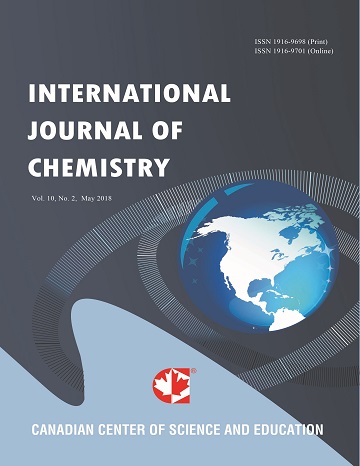Impact of Green Catalysis on Reducing Industrial Pollution
- Fatemah A. Taqi
Abstract
This paper explores the potential of green catalysis as a sustainable solution to industrial pollution. By examining the core principles of green chemistry and the development of eco-friendly catalytic systems, it evaluates how green catalysis can reduce hazardous waste, lower energy consumption, and improve emission control in chemical manufacturing. The study highlights advancements such as nanocatalysts, enzyme engineering, and photocatalysis, illustrating their role in minimizing environmental harm while maintaining industrial productivity. For example, enzyme-based biocatalysts have shown promise in pharmaceutical applications due to their high selectivity and mild operating conditions. The research also addresses key challenges including process scalability, cost-efficiency, and catalyst stability across different industries. Future directions are proposed to support broader implementation, including investment in green technologies and regulatory incentives. The findings underscore the vital importance of green catalysis in advancing cleaner manufacturing practices and aligning chemical production with global sustainability goals. The study concludes that widespread adoption of green catalysts could transform the environmental impact of modern industry.
- Full Text:
 PDF
PDF
- DOI:10.5539/ijc.v17n2p26
Index
Contact
- Albert JohnEditorial Assistant
- ijc@ccsenet.org
